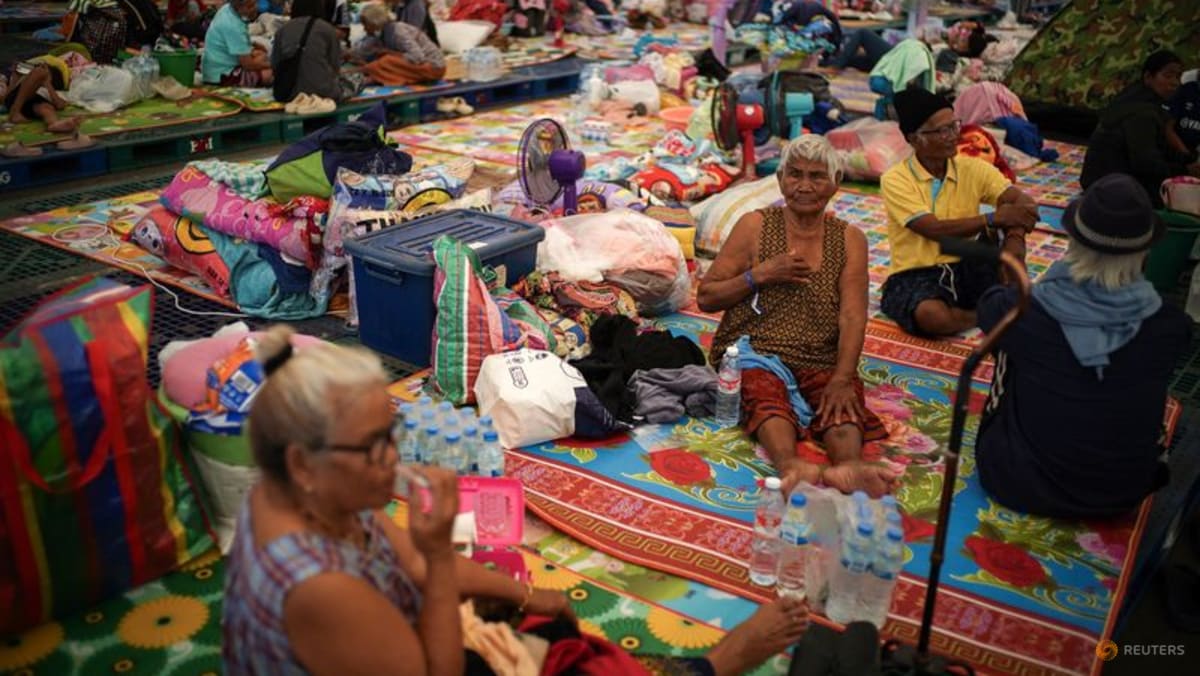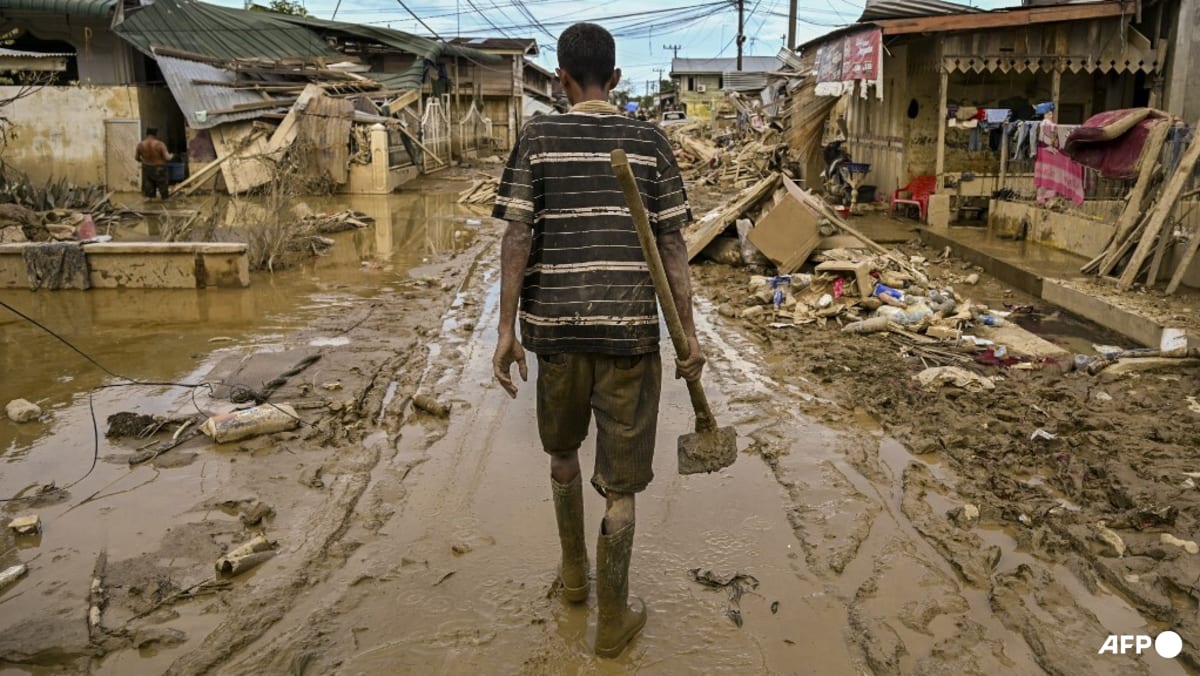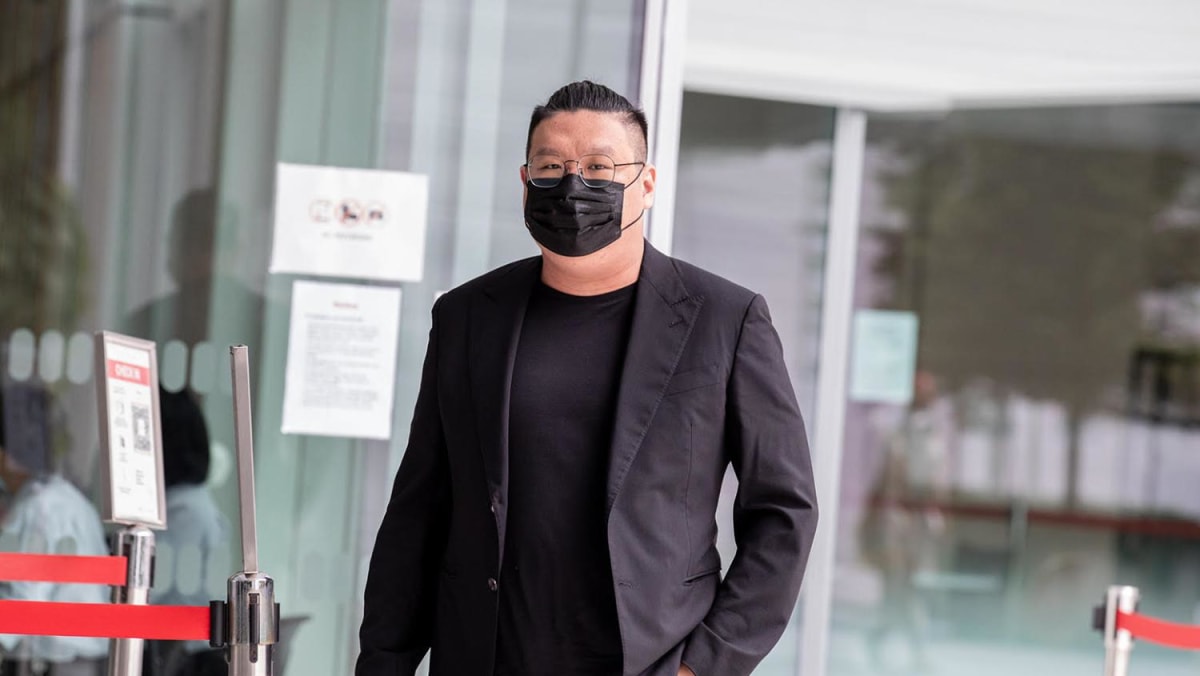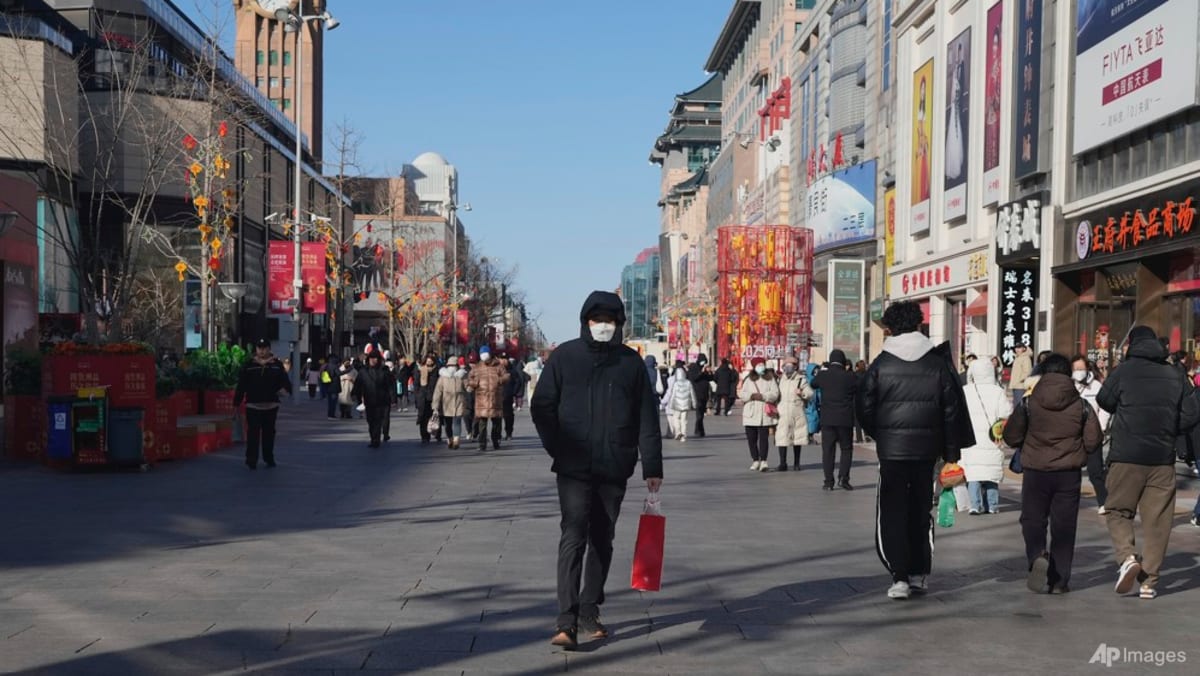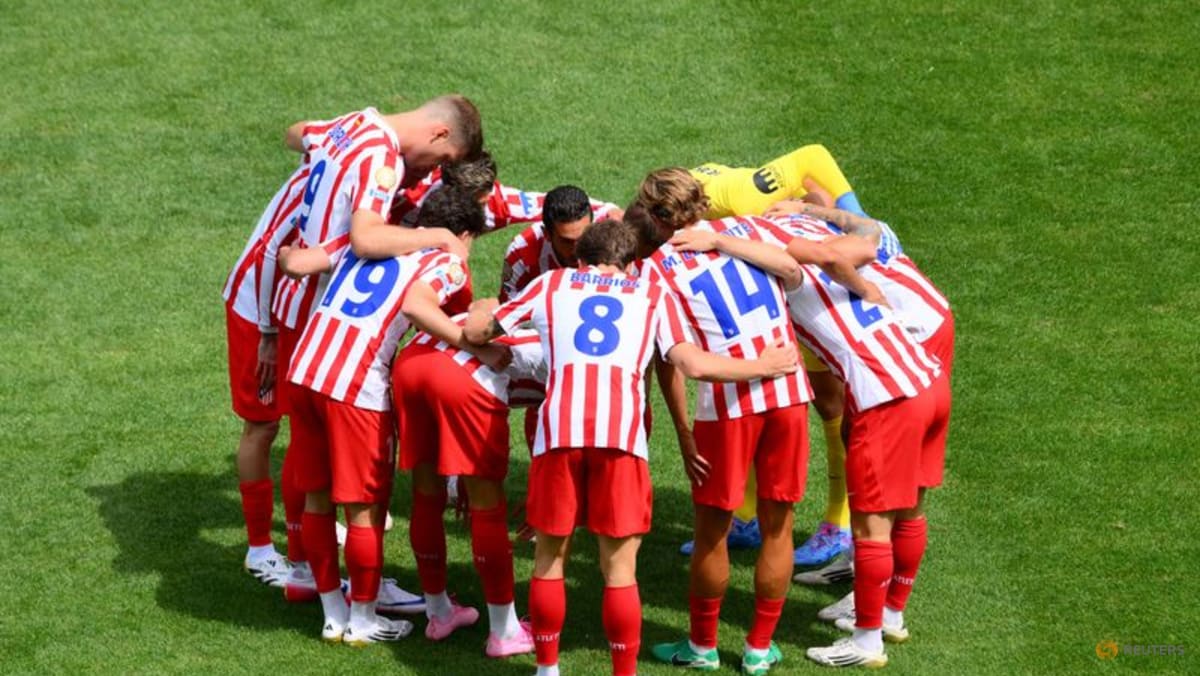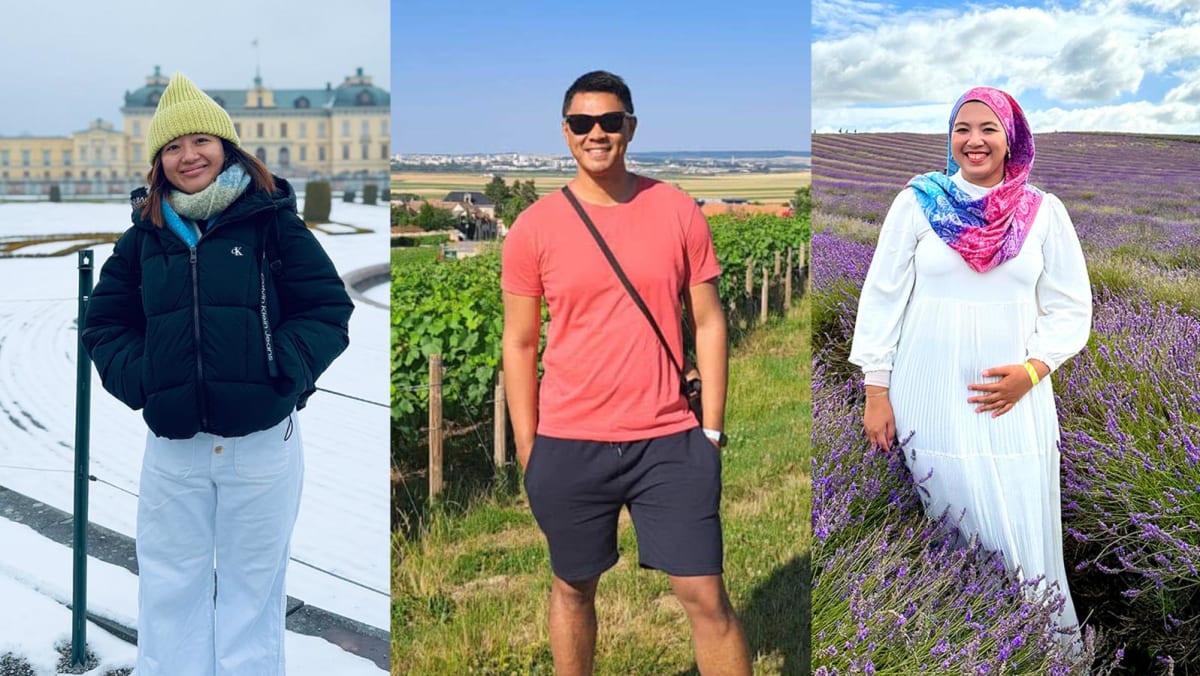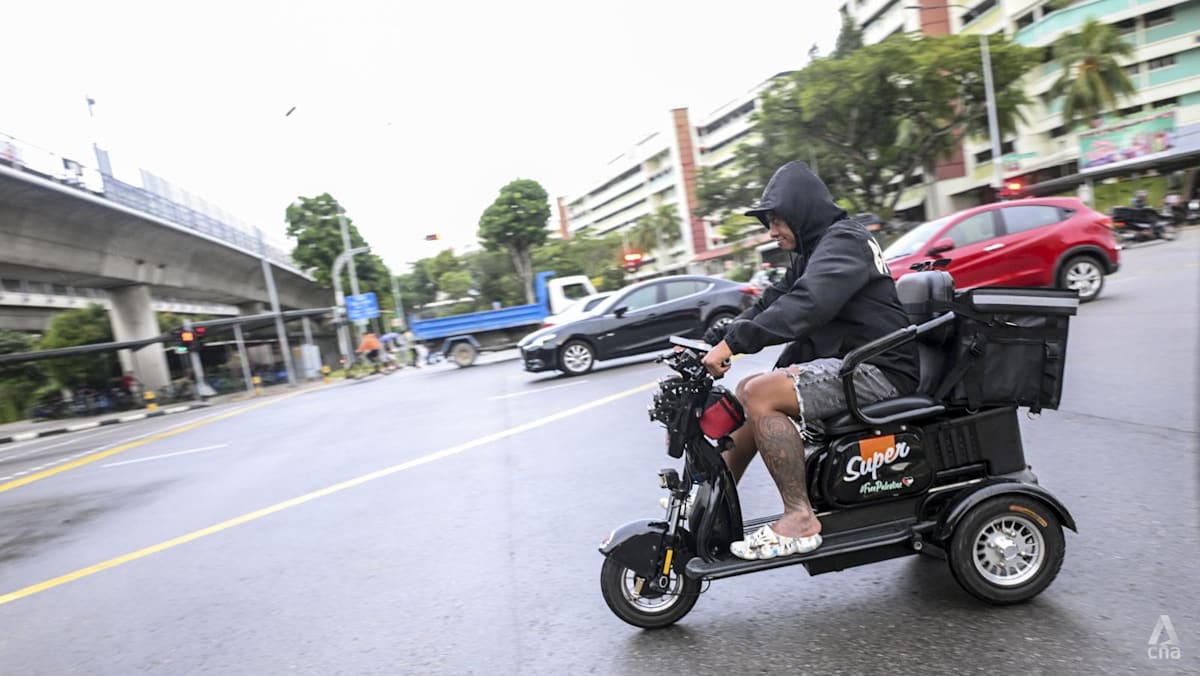If there is someone who can say he is familiar with Bangkok’s love hotels, it would be Chatpong Chuenrudeemol. The Thai architect once explored the nooks and crannies of about 10 of them, becoming so well-acquainted that when an opportunity came to renovate one, he jumped on it.
The outcome is Samsen Street Hotel, which opened its doors in 2019. Whether its guests are inspired by its past is best left unquestioned. What is clear is that he has turned the property on its head, wrapping its facade with a scaffolding that recalls the construction worker housing commonly found in the city.
“I inverted it, meaning I created this hotel that is not scary and private, but actually is open, allowing it to be free and help the street life,” said Chat, as he goes by. Of the latter, guests are nudged to have breakfast from Brother Chicken, a neighbouring street food vendor selling Thai sausages.
The heavy emphasis on all things local is no coincidence. For the last decade, the 53-year-old has been formally building a body of research that deep dives into the elements that make up the capital’s urban landscape.
For the purpose of this article, he calls them “Bangkok Crossbreeds”, even as the official brand name is a bit more crude (the second word rhymes with “custard”, deliberately chosen to “make a connection with the younger generation”).
Today, he has expanded that beyond the city, going into the rural areas of Thailand and even other parts of the region, like Singapore, Malaysia and Indonesia. The reason is illuminating: “We don't have an architectural history that’s current and critical. This isn’t just a hobby. I'm building an encyclopaedia with everybody’s help, so that Southeast Asian architects can have a graphic history to call our own.”
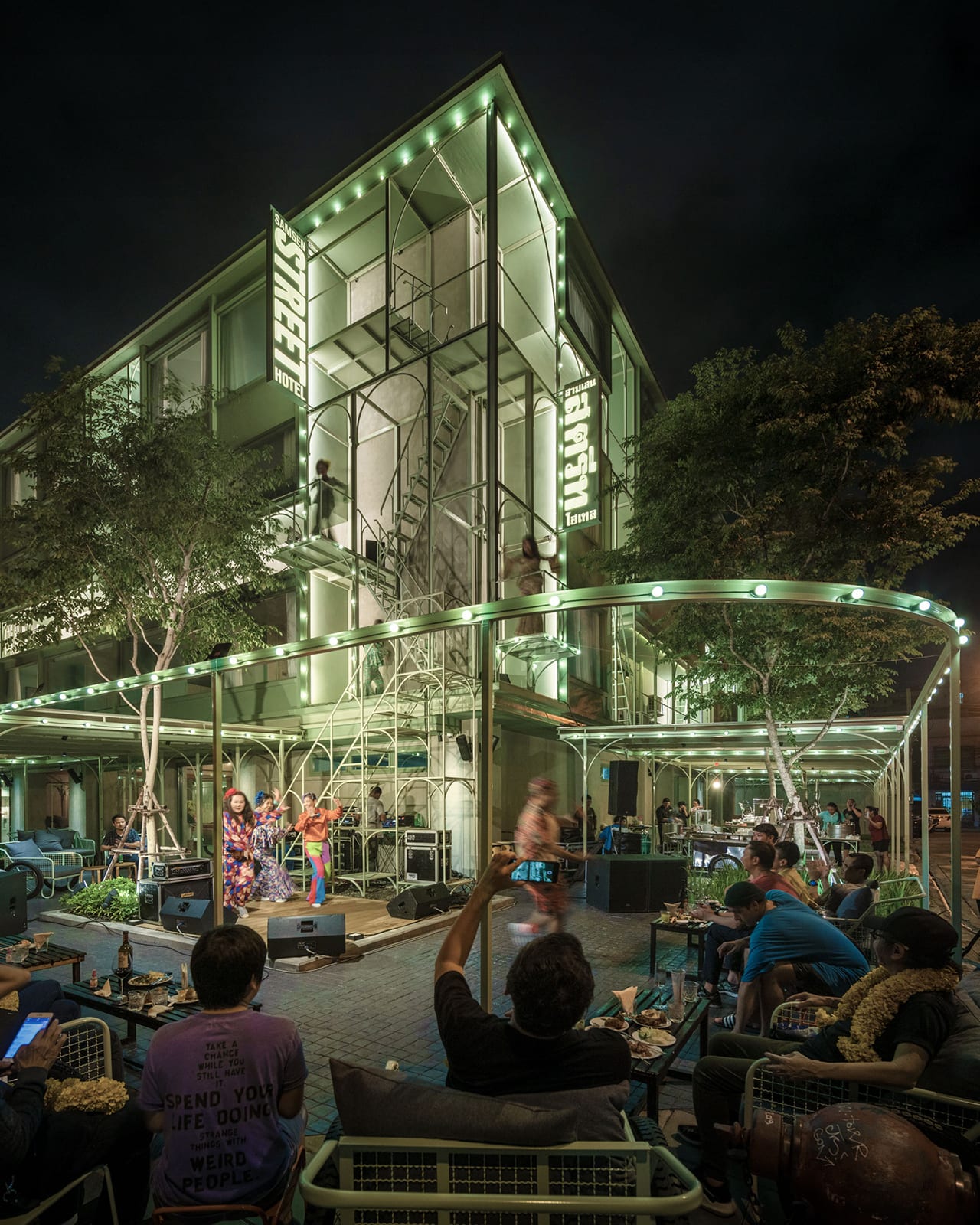 Samsen Street Hotel. (Image: W Workspace)
Samsen Street Hotel. (Image: W Workspace)
TAKEN BY THE EVERYDAY
To his knowledge, no one has done anything like what he is doing – both at the scale and level of detail. Visit the website and the open-source information is neatly organised by location and type, complete with a funky soundtrack by The Paradise Bangkok Molam International Band playing in the background.
Chat envisions that practitioners will be inspired enough to download the files and introduce some of their parts into their next project. The possibilities are endless, such as a street vendor cart into an office project or a shophouse into a school.
The decision to focus on “what is in my backyard” came after he completed his studies at Harvard University’s Graduate School of Design in 2000. Confronted with the dilemma of what to do next, Chat told himself, “Don't be complex – focus on what makes me excited.”
The answer, it turned out, was photographing, sketching and documenting the everyday things that occupy the streets of Bangkok, many of which are oxymoron in nature. He described: “It’s the massage parlour, next to the temple, in front of Paragon shopping centre, with street food in front. It’s contradictory, disparate parts that come together and make this big, beautiful mess that’s Thailand.”
Chat calls this “live history” and it has become an ongoing project for him since then. “All of these, to me, are historical because they’re being used right now and very current. Hopefully, I am able to build a foundation of knowledge that becomes a critical tool for us to intelligently debate Southeast Asia architecture,” he explained, during a visit to Singapore, where he spoke during Design Week about sustainable approaches to care.
That the elements he archives often belong to the gritty underbelly of the city is no coincidence. He finds a plethora of lessons on how to use limited resources, including situations of low to almost no money, to help someone survive to the next day. Many times, they flirt with the boundaries of legality too.
“It’s not because of the romance of slum architecture. You’re simply forced to be creative with things that are around you. You only have one sheet of corrugated metal and two pieces of lumber and you have to do something with them. I am trained now to work with less.”
Put this way, the straight-talking architect makes a water-tight case that has even won over his university students across different cities.” In fact, he likes to tell them that he no longer goes online for inspiration. “My Internet is just going outside,” he said. “When I say that, their faces light up in curiosity. It intrigues them that their work could be based on what’s on the street – and that is empowering to them.”
CROSSBREEDING EVERYWHERE
Clearly, Chat’s clients share the same sentiment. Research from Bangkok Crossbreeds feeds directly into the commercial work that he does through his eponymous studio, Chat Architects. The bulk of his portfolio is made up of hospitality projects, such as the Samsen Street Hotel.
With the love hotels – or sex motels, as he calls them – an unmistakable part of the city’s cultural fabric, it had been on Chat’s list of spaces to investigate further. Help to do this came from an unexpected quarter: The child-like innocence of his then-elementary school-aged son.
“I guess I’d been talking about the sex motel at home a lot with my wife. My son soon caught on to it and told his friend that his dad ‘loves sex motels’. His friend then said that his grandfather owned a whole bunch of them. When my son came back and told me all this, I said to go get the guy’s phone number.”
After they were connected, Chat was given free rein to the motels that the developer bought, before he renovated and turned them into boutique hotels. It is why he can describe them perfectly to a tee.
For the most part, they are nondescript, appearing as variations of a shophouse, save for a tunnel in the front for cars to drive through. These are to facilitate the typically wealthy clientele in protecting their privacy. On the other side, they emerge onto a courtyard hidden from the street, framed by tightly curtained parking lots that block any possibility of playing peekaboo.
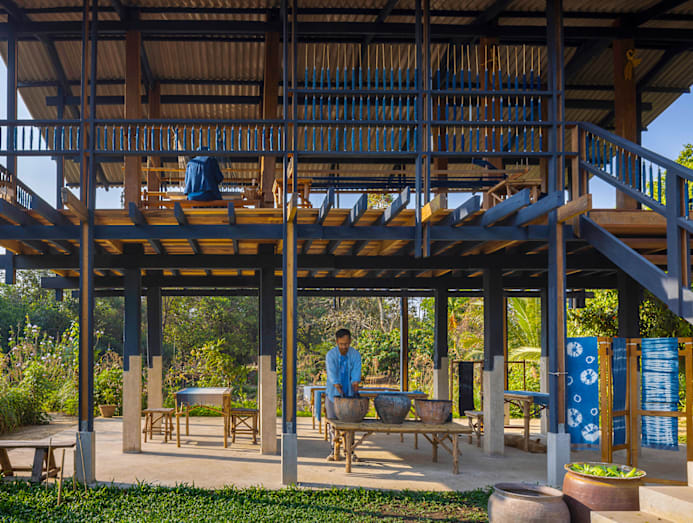 Indigo Loom House. (Image: W Workspace)
Indigo Loom House. (Image: W Workspace)
“All this stuff was designed by an architect and somebody thought this through. Motels are concrete, real buildings, so there's no romanticisation. Crossbreed architecture happens at all levels.”
When he was given the green light to makeover the previous iteration of Samsen, Chat decided not only to strip it of its former life, but also to introduce a more open design language with the street. To do this, he incorporated a porous, pastel-green structure, connected through stairs and platforms to allow guests to sit on and watch the world go by.
One look and it becomes immediately obvious that it takes its cues from construction worker housing, which are ubiquitous around Bangkok. Chat specifically remembers one that he saw by a condominium site, along a freeway he took when he drove his son to school. Initially concealed behind a big piece of green tarpaulin, it was revealed when the cover-up was taken down.
“It was the most beautiful thing I’d ever seen: platforms with hanging clothes, cooking being done, people hanging their legs. It was just full of life. That was a clue to how I could practice and create a more authentic, local architecture.”
At Samsen, the scaffold design is extended to the front of the hotel onto the lawn, deliberately kept open so that passers-by can look in and guests can hang out and interact with the neighbourhood. On weekends, street concerts are held, with performers standing one on top of the other on the platforms like a vertical stage.
Other projects that he has worked on recently is the Indigo Loom House, an art and textile learning centre in the city of Sakon Nakhon that is a crossbreed of the Thai stilt house, the textile loom and other weaving apparatus. Through it, he had the chance to be acquainted with the craft community, providing them with a well-designed space catering to their needs, while also sustaining employment for the elderly women who live there.
Another project is a multi-phased sports community club called RQ in Bangkok. The first stage saw him resort to adaptive reuse to turn a mid-century bungalow into a family-friendly restaurant and playground.
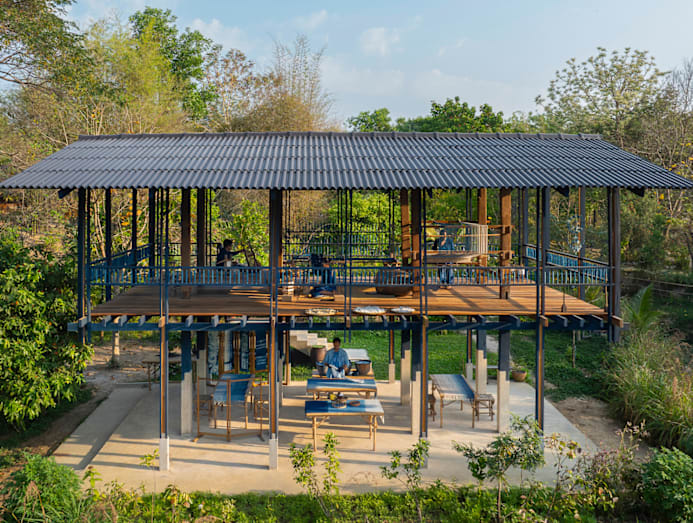 The Indigo Loom House, an art and textile learning centre in the city of Sakon Nakhon that is a crossbreed of the Thai stilt house, the textile loom and other weaving apparatus. (Image: W Workspace)
The Indigo Loom House, an art and textile learning centre in the city of Sakon Nakhon that is a crossbreed of the Thai stilt house, the textile loom and other weaving apparatus. (Image: W Workspace)
THAI AT HEART
Chat has certainly come a long way from his days as a self-professed “superficial” undergraduate. Having moved to the US when he was six, he later decided to pursue architecture at the University of California, Berkeley because it sounded like “a good combination of art and science”.
“That's pretty much the dumb level I was operating at,” he laughed. “I still remember wanting to change majors when I was a junior, because I didn’t give myself the chance of being totally invested in it.”
The one module that resonated with him was something called The Cultural Landscape, taught by Professor Paul Groth, which covered everyday architecture, such as billboards, farms and street grids. In retrospect, he realised it was because it was relatable and also had interesting design elements – both of which he found whenever he went back to Thailand during the summer holidays.
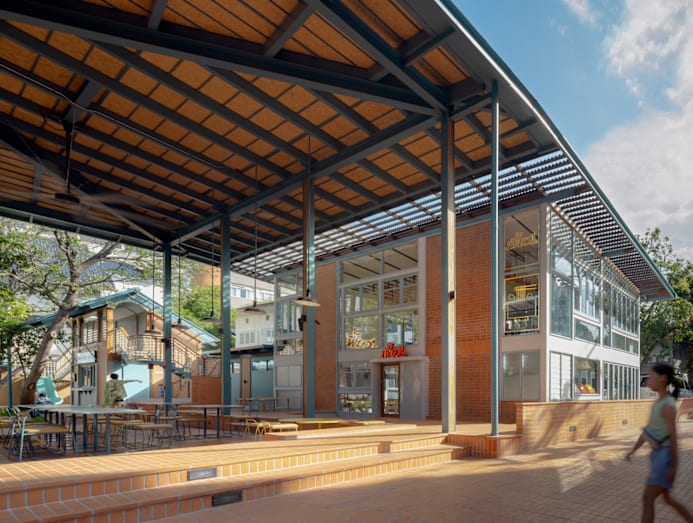 RQ Bite. (Image: W Workspace)
RQ Bite. (Image: W Workspace)
On each trip back, Chat photographed and sketched what he saw on the streets. “From the beautiful to the ugly, from the sacred to the profane, Bangkok is everything,” he mused. Even though he had left, Thailand never quite left him, “I always felt a very close connection to Thailand and was very proud of being Thai.”
It is why he eventually found his way back to his birth country and ended up working there. He remembers how when he first started researching the crossbreeds idea, “people thought it was garbage”. “Now, 15 years later, my work is in vogue,” he added.
Say what you like about him but do not call Chat a social activist or social design architect. For as much as his work appears to have those themes, he is emphatic that he is an architect first.
“I never do a project thinking I’m going to help people or society as the only priority. I do projects principally to utilise my design capabilities. I get excited about the design challenge. It just happens that sometimes, there are social issues woven into the challenge.”
The same applies to his Bangkok Crossbreeds endeavour. Chat is aware that he has barely scratched the surface of what needs to be done there, and he is excited to keep going. He also sees a lot of potential to expand the geographic scope to outside of Thailand.
That said, he will not lose sight of what is happening in his own backyard, since it feels like the city is changing much faster than he likes.
“Our enemy is rapid, brainless development. If you have a piece of property and want to make money, you demolish what's there and build a high-rise condominium, office tower or mall. This is the future of Thailand, which is pretty much going to be the same everywhere else. I'm basically proposing alternatives.”







